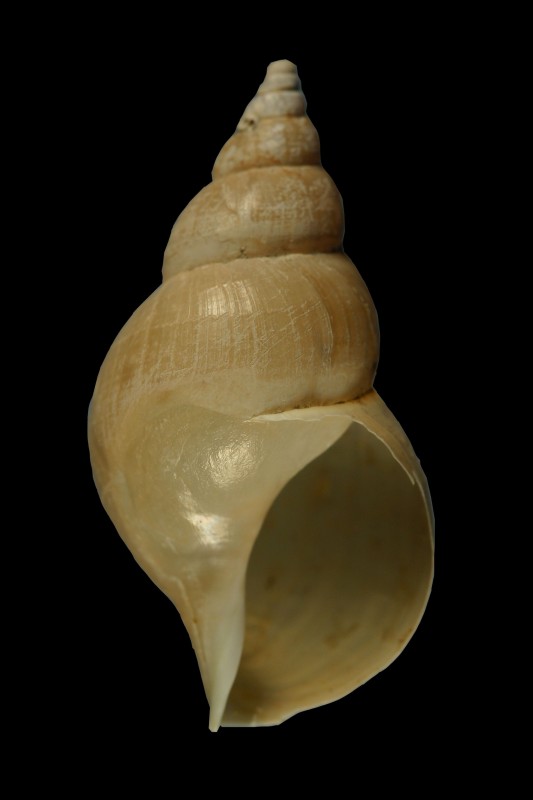A seashell spiral
Previously, we looked at how to discover a function that describes Humphrey's height. A photograph of our seashell, Humphrey is shown below.
In that previous article, we ended up with this function:

Fig 1: Humphrey
Copyright: Steve Wilkinson
Conchological Society
Where
- is the worl number,
- is the initial height and
- is the growth factor.
We can imagine that there is some kind of spiral at work here. But what is the mathematics behind this spiral? Our new question is this:
Find a parametric equation [1], that takes a parameter, and determines the Cartesian coordinates[2] of the spiral that describes Humphreys height.
From circle to spiral #
The parametric equation for a circle is:
Where
- is the parameter
- is the radius of the circle
We use the notation as a row vector to describe a Cartesian coordinate.
A spiral is an extrapolation of this circle equation where the radius of the circle increases as increases. We can generalise this concept by imagining some function that describes a varying radius of the circle.
Then we get this generic function,
Where
- is the angle of rotation
- determines the distance of the point from the origin at a given angle.
As an example, consider the simplest spiral where the radius is equal to an ever increasing angle:
Returning to the shell #
In order to prepare Eq. 1 so than it can be used in Eq. 2, we have to choose how can be transformed into a rotation angle. It is clear from the photo that each worl rotates through an angle of . If we say then is the rotation angle required to describe worls. From this we get:
And from Eq. 1, we restate :
Where
- is rotation angle,
- is the initial height and
- is the growth factor.
For a seashell, the rotation angle is around the coiling axis[3]. This angle is when the shell is at its initial height .
Now we use Eq. 2 and inject the restated version of :
The spiral of Humphrey #
Recall from previous article that we have for Humphrey these approximate values:
So, substituting into Eq. 3:
Where
In the image below we see a plot of this spiral on the Cartesian plane. It does not look like Humphrey, but it does describe the height of our friend. Note that the graph ends up at mm after the worl . Just as we expect it to do.

Fig. 2: Plot of the Humphrey height spiral
Conclusion #
We have shown here how to obtain an equation for a spiral, using our seashell Humphrey to remind us of the real world. We started with the definition of a circle, generalised a function that transforms a circle and used our knowledge of the seashell to get to a spiral that describes the height.
References #
- Next: A 3-D seashell spiral
- Previous: A seashell's height